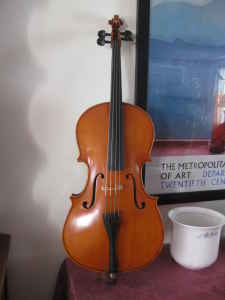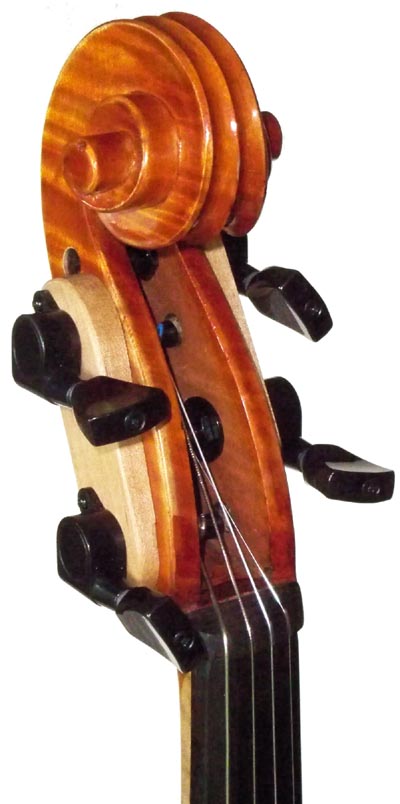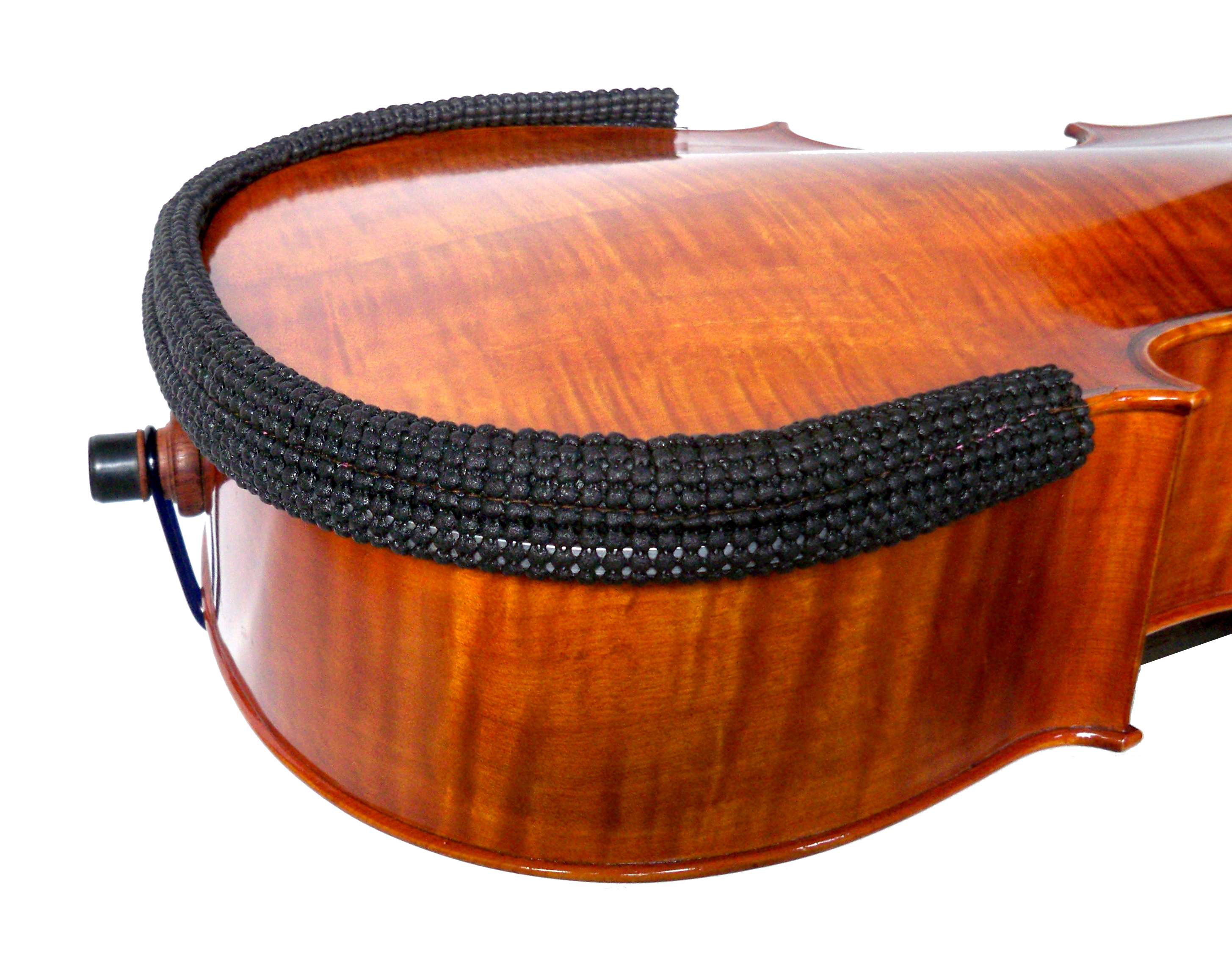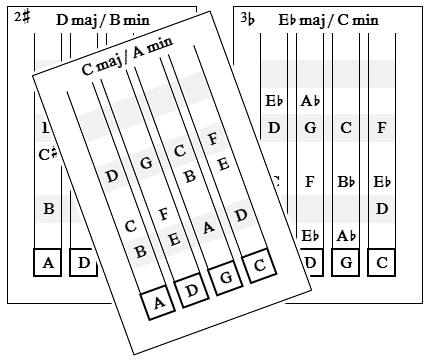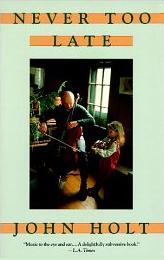 John Holt was a controversial education reformer whose ideas I’d encountered years ago when we began homeschooling our children. He believes that most students in educational institutions are functioning from fear – mostly fear of making mistakes. I think he’s probably right and he has a lot to teach us about how we learn and how we can help children learn. So when I discovered that Holt had learned to play the cello later in life, I couldn’t wait to read the tale of his adventure. But the book was disappointing on two counts:
John Holt was a controversial education reformer whose ideas I’d encountered years ago when we began homeschooling our children. He believes that most students in educational institutions are functioning from fear – mostly fear of making mistakes. I think he’s probably right and he has a lot to teach us about how we learn and how we can help children learn. So when I discovered that Holt had learned to play the cello later in life, I couldn’t wait to read the tale of his adventure. But the book was disappointing on two counts:
First, most of the book is the rather uneventful story of Holt’s musical life before taking up the cello. I found it painful plowing through the details of what seemed to be every concert he attended and every record he listened to. I just wanted to get to the part about cello playing, and these many chapters of ground work didn’t add much to the tale.
The second disappointment was not about the book. Holt’s story forced me to ponder my ambitions with the cello. He tells how he practices 3 to 4 hours a day, after a number of years of cello study, yet he graphically describes the struggle to keep up when playing with an amateur orchestra or chamber music quartet. You might say he dashed my hopes of becoming a virtuoso cellist in a few years by playing 20 or 30 minutes a day! Thanks, I needed that!
Seriously, it’s tough to be realistic about the goal of all this. When I started, I really just wanted to play hymns and ballads and such – sweetly and emotionally – and I’m getting to do that already. But as I get into it, and listen to great cellists playing great music, it’s easy to aspire to great things. After an hour playing simple tunes nicely, I’m full of confidence and ready to take on Bach. After an hour struggling with a few measures of Bach, I’m ready to quit. So it can be an emotional roller coaster if I’m not realistic.
My fiddling son Peter, and my cellist friend Sam, are learning faster than I can. Their neural networks are still developing and can adapt to this new challenge more adroitly than mine. They can listen to a recording and think “I can learn that!” I have to be careful. Somehow balance an optimistic “I might be able to learn that.” with a realistic “I might never be able to play that.” and be grateful that I can play at all. Content aspiration is my ideal.
Yo-yo ma started cello at age 4 – after playing violin and viola! I figure the only thing between me and him is about 100,000 more hours of practice.

